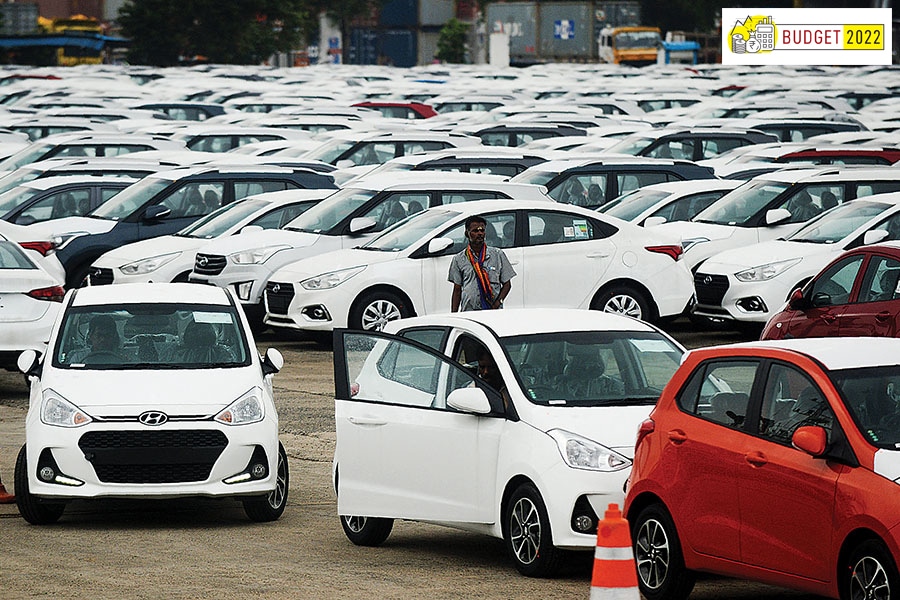
Is the worst over for India's auto sector?
2021 was a tough year for the auto sector due to semiconductor shortage and supply constraints. 2022 may see the situation improving thanks to a demand and EV push
 In December, retail automobile sales were down by 6 percent, mainly due to supply constraints
In December, retail automobile sales were down by 6 percent, mainly due to supply constraints
Image: Arun Sankar / AFP
It’s been a rather difficult time for India’s automakers.
A second wave of Covid-19 alongside a global shortage of semiconductors had affected sales of vehicles across the country last year. In December, a period when automakers offer discounts before the close of the year, retail sales were down by 6 percent. A month before that, they were down by 19 percent, something unusual for the world’s fourth-largest automobile market.
“December is usually seen as a high sales month where OEMs (original equipment manufacturers) continue to offer best discounts to clear the inventory due to the change of year,” Vinkesh Gulati, president of the Federation of Automobile Dealers Association (FADA), said in a statement. “It was, however, not the case this time as retail sales continued to disappoint, thus wrapping up an underperforming calendar year.”
Much of the slowdown in car sales was due to supply constraints, especially since automobile manufacturers have been grappling with a global shortage of semiconductors. Semiconductors are critical components that are used in vehicles for numerous features, including navigation, infotainment and traction control, among others.










